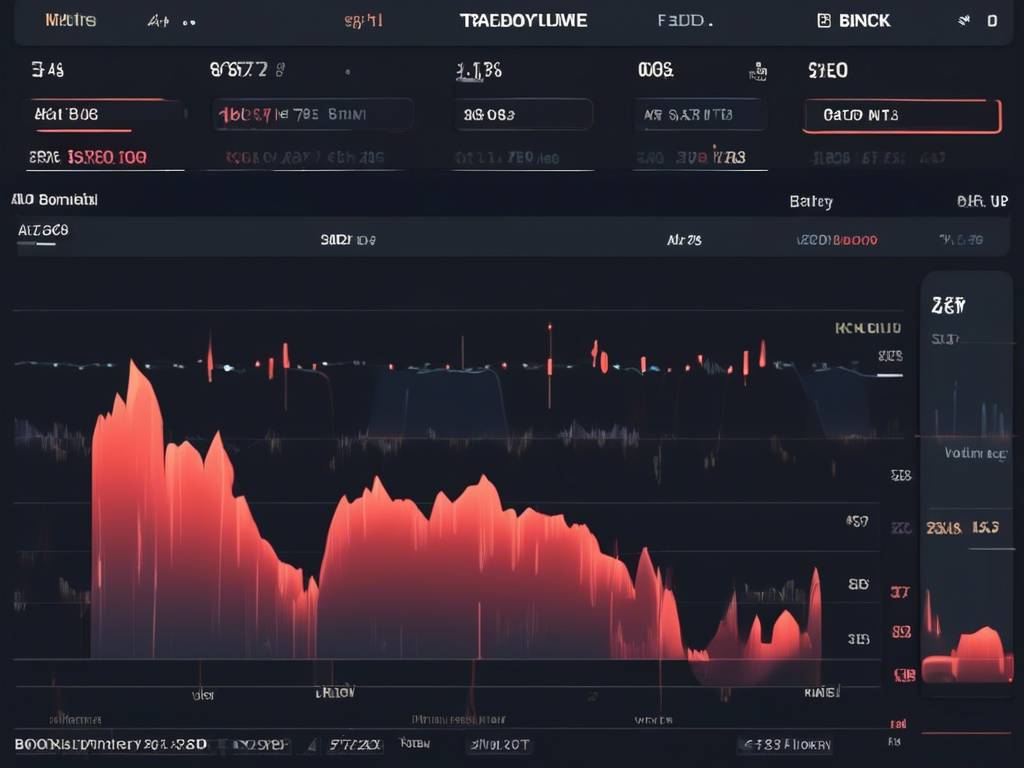Unraveling America’s Big Chipmaking Blunder
America’s failure to capitalize on extreme ultraviolet lithography machines, the key technology behind the world’s most advanced semiconductors, is a colossal oversight with far-reaching implications for the global economy and technological advancement. ASML, the Dutch firm that exclusively produces these machines, has become Europe’s largest technology company, highlighting the critical role of lithography in semiconductor manufacturing.
The Technological Marvel of EUV Machines
With extreme ultraviolet lithography machines as large as buses but capable of etching patterns onto microchips that are billionths of a meter in size, the engineering behind this process is nothing short of remarkable. The intricate process involves firing a high-powered laser at tin droplets to create plasma that emits extreme ultraviolet light in a vacuum setting. A series of precisely coated mirrors reflect and focus this light onto a reticle containing circuit patterns that are then etched onto silicon wafers.
- EUV machines are vital for producing cutting-edge semiconductors
- Lithography is a crucial step in semiconductor manufacturing
- The process behind EUV technology is complex and precise
The Road to EUV Technology
In the 1980s, researchers turned to EUV light as a potential solution for reaching the atomic level required for semiconductor advancements. ASML, initially a small Dutch lithography company, joined forces with industry giants like Intel, AMD, and Motorola, along with government support, to bring EUV technology from research to commercial reality. Despite immense challenges, including cost and complexity, ASML’s perseverance and collaboration paved the way for the development of EUV machines.
The Consequences of America’s Missed Opportunity
While American companies like Intel heavily invested in EUV technology, key players like TSMC and Samsung were the first to receive the groundbreaking machines, allowing them to leapfrog ahead in semiconductor manufacturing. Intel’s reluctance to adopt EUV technology early on led to a loss of market leadership, as competitors like TSMC surged ahead with more advanced chip production capabilities.
- American companies like Intel missed out on early adoption of EUV technology
- TSMC and Samsung capitalized on EUV machines to gain a technological edge
- Intel’s failure to embrace EUV technology resulted in a loss of market leadership
The Geo-Political Implications of EUV Technology
The strategic importance of EUV technology is further underscored by the geopolitical implications of its distribution. As China emerged as a major player in semiconductor manufacturing, concerns over technology transfers prompted diplomatic efforts to prevent the export of EUV machines to China. The intricate web of international collaboration and competition in the semiconductor industry reflects the broader geopolitical landscape.
The Urgent Need for American Semiconductor Leadership
Recognizing the critical role of semiconductors in driving technological innovation and economic growth, the US government’s recent initiatives, such as the CHIPS Act, aim to revitalize American semiconductor manufacturing. As Intel and other industry leaders pivot towards embracing EUV technology, the race to reclaim semiconductor leadership intensifies, with significant investments and government support at stake.
Hot Take: Navigating the Semiconductor Race
As the global semiconductor industry evolves, the strategic adoption of EUV technology emerges as a defining factor in determining market leadership and technological superiority. America’s belated recognition of the importance of semiconductor manufacturing underscores the need for swift action and innovation to stay ahead in this critical technological race. With ASML at the helm of EUV technology, the semiconductor landscape continues to shift, reshaping the dynamics of global technological innovation.





 By
By
 By
By
 By
By


 By
By